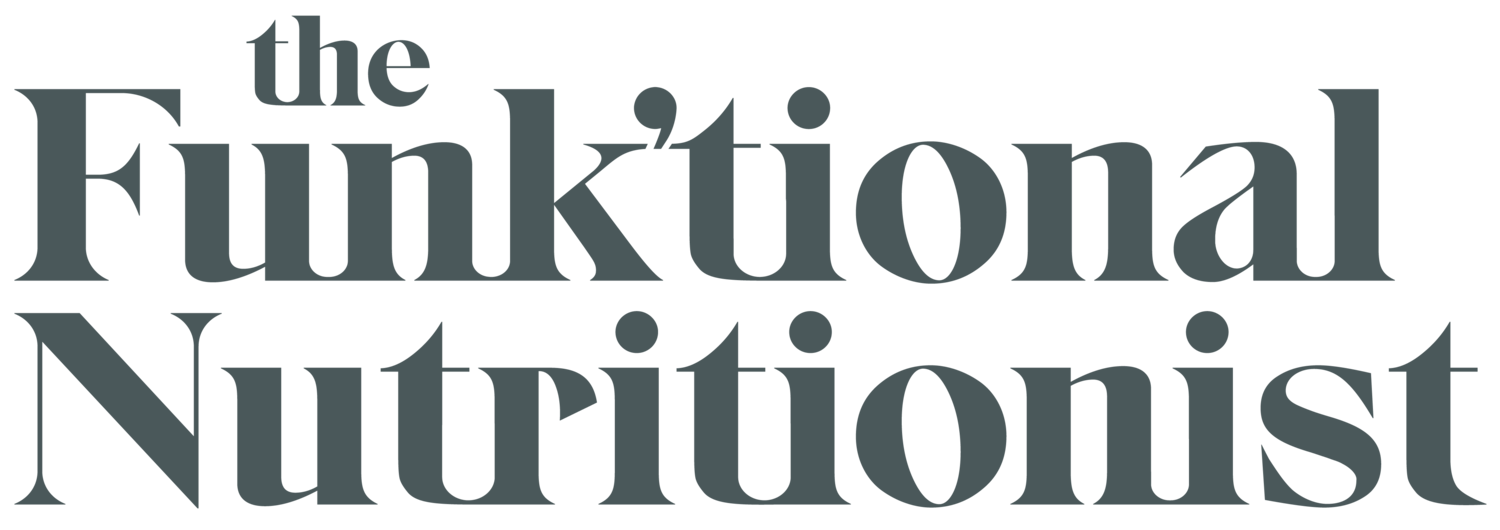Your Mineral Cheat Sheet
Minerals are the spark plugs of the body. They regulate everything from digestion to hormones, mood, and energy. Below is your go-to guide for understanding key minerals on the HTMA, what happens when they’re out of balance, and how to replenish them with food.
Calcium
Low: Osteoporosis, blood sugar imbalances, insomnia.
High: Osteoporosis (when calcium is high on the HTMA it can indicate that it is in your tissues instead of in your bones and teeth), constipation, kidney stones, sluggishness, PMS.
Why it matters: Builds strong bones and teeth, supports nerve and muscle function.
Food sources: dairy (yogurt, cheese), sardines, salmon with bones, cooked leafy greens (collard, kale), sesame seeds, bone broth, pearl powder.
Magnesium
Low: anxiety, sleep issues, muscle cramps, constipation.
High: loose stools, stress, anxiety, high burn rate of magnesium
Why it matters: Plays a role in so many functions of the body including muscle relaxation, blood sugar balance, energy production, blood pressure and nervous system regulation.
Food sources: leafy greens, avocado, nuts, seeds, dark chocolate.
Sodium
Low: fatigue, dizziness, low blood pressure, poor stress tolerance, low stomach acid.
High: water retention, high blood pressure, stress.
Why it matters: Key for stomach acid production, adrenal function, fluid balance, and nutrient absorption.
Food sources: mineral rich salt (Redmond’s Real, Celtic), fermented foods like sauerkraut and kimchi.
Potassium
Low: constipation, muscle weakness, cramping, poor stress tolerance.
High: heart palpitations, fatigue, muscle weakness.
Why it matters: Crucial for muscle contraction, blood pressure regulation, thyroid hormone uptake at the cells, and gut motility.
Food sources: potatoes, winter squash, sweet potato, aloe vera juice, coconut water, cooked spinach, cream of tartar.
Zinc
Low: weakened immunity, hair loss, poor skin health, slow wound healing.
High: ongoing infections, copper deficiency.
Why it matters: Essential for immune defense, digestive enzyme production, hormone balance, and skin health.
Food sources: animal proteins, oysters, raw nuts, pumpkin seeds.
Copper
Low: sign of poor bioavailability, ongoing gut issues, low energy, histamine intolerance.
High: anxiety, PMS, estrogen dominance, histamine intolerance, low zinc.
Why it matters: Supports iron metabolism, energy production, and is a cofactor in the DAO enzyme (which breaks down histamine), balances with zinc.
Food sources: bee pollen, organ meats, dark chocolate, and sesame seeds.
Iron
Low: fatigue, pale skin, hair loss.
High: oxidative stress, liver strain
Why it matters: Transports oxygen in the blood and supports energy production.
Food sources: red meat, poultry, lentils, spinach, black beans.
Selenium
Low: hypothyroid, fatigue, poor immunity.
High: high blood sugar, insulin resistance, digestive upset.
Why it matters: Antioxidant defense, thyroid hormone conversion, immune function.
Food sources: brazil nuts (1–2 per day is plenty), salmon, beef, eggs.
Cobalt
Low: fatigue, poor stomach acid, low B12 status.
Why it matters: Component of Vitamin B12, supports red blood cell formation and stomach acid production.
Food sources: animal proteins (beef, lamb, fish, eggs, dairy).
Iodine
Low: thyroid dysfunction, fatigue, goiter.
High: thyroid autoimmunity or dysfunction.
Why it matters: Needed for thyroid hormone production.
Food sources: seaweed, kelp, nori, Main Coast salt, fish, eggs, dairy.
Boron
Low: inflammation, low hormone levels, imbalanced calcium.
High: associated with high use.
Why it matters: Needed for hormone production, directs calcium into the bones and teeth.
Food sources: prunes, prune juice, plums.



